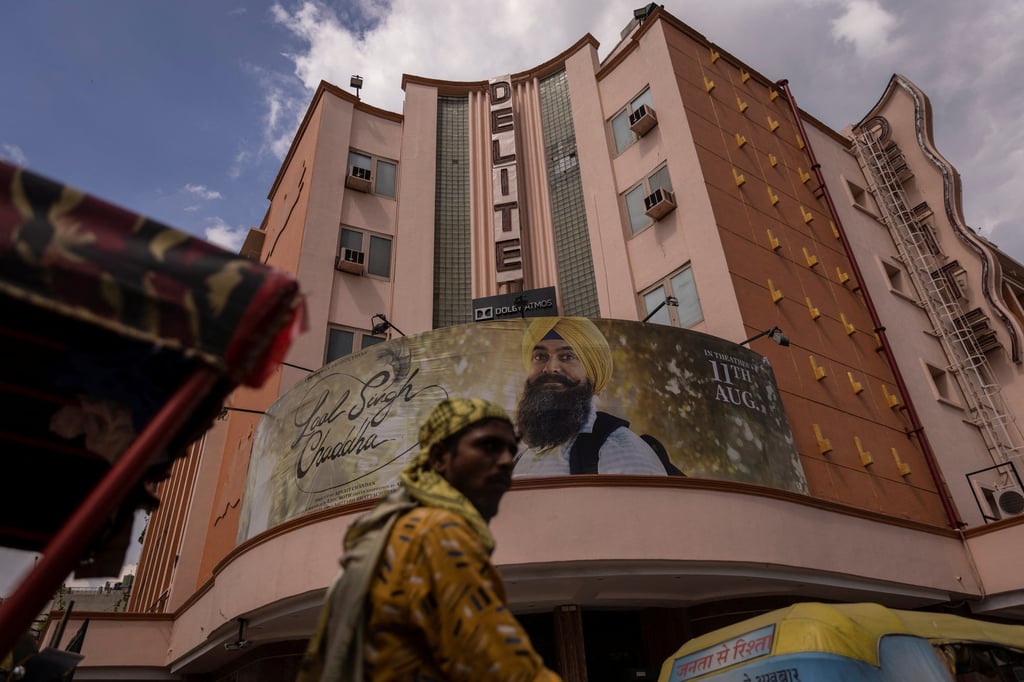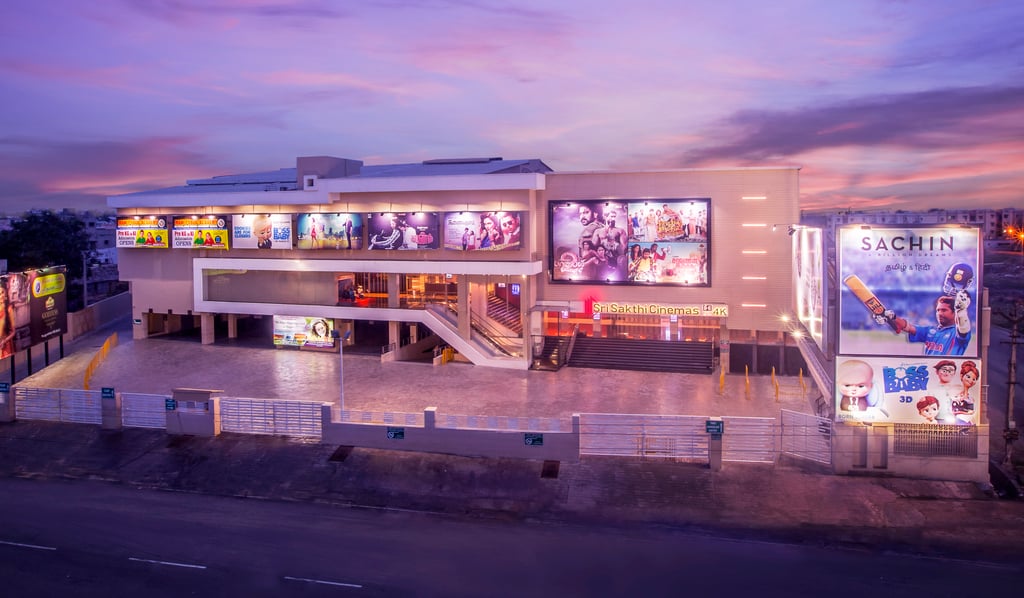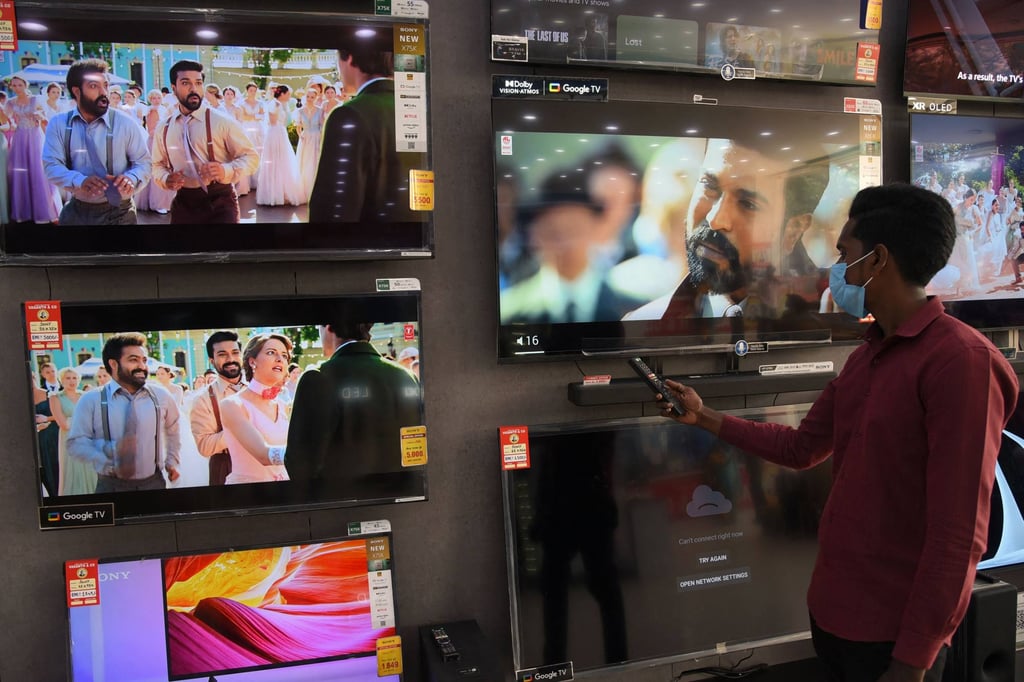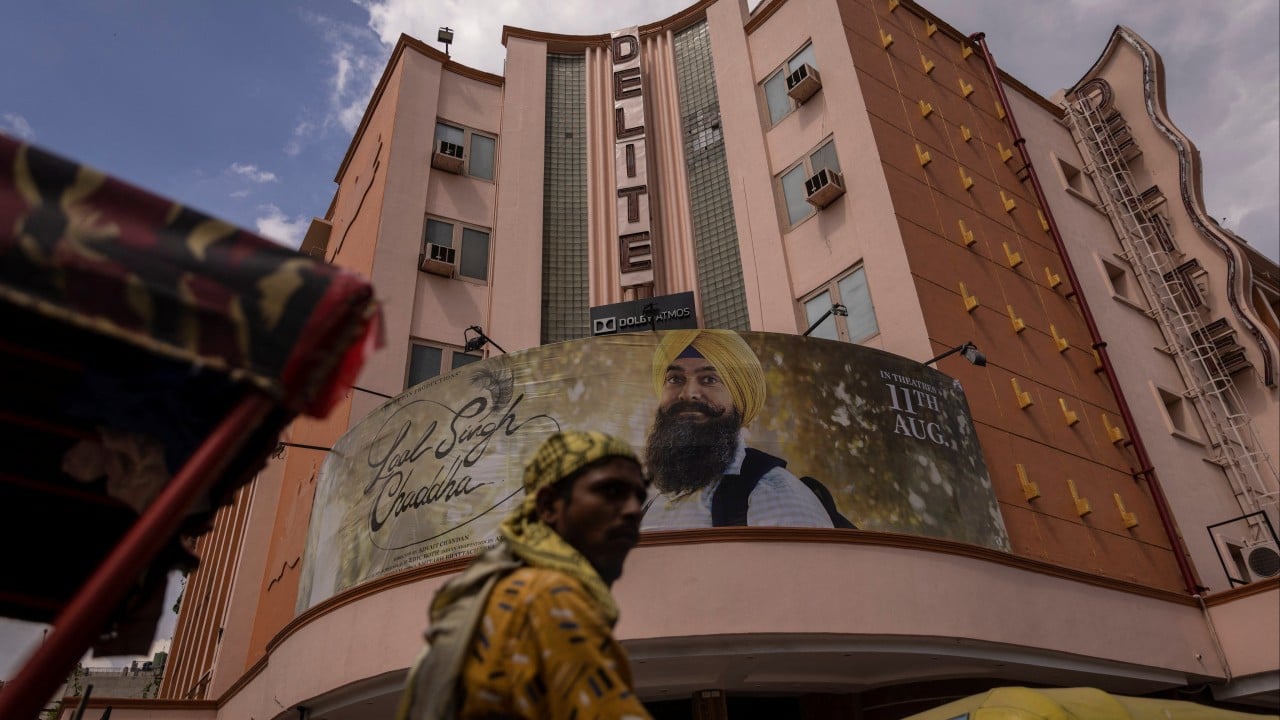Tirupur Subramaniam has spent a lifetime in the movie business, from hawking tickets at his family’s modest cinema hall to presiding over the Tamil Nadu Theatre and Multiplex Owners Association. But these days, the 73-year-old film distributor can’t help feeling that the golden era of India’s grand moviegoing tradition is dimming.
“Running a cinema hall in India is no longer profitable,” Subramaniam told This Week in Asia, surveying the once-bustling lobby of his Sri Sakthi chain. His words cut to the heart of a seismic shift sweeping through the world’s largest film industry, which produces nearly 2,000 feature-length movies annually in 20 different languages. Across the country, cinema halls are closing at an alarming rate, repurposed as everything from apartment buildings to wedding venues.
The numbers tell the story: a decade ago, India boasted more than 10,000 single-screen cinemas. Today, that figure has dwindled to just over 9,000, with at least 10 per cent believed to be non-operational. Nowhere is the decline more pronounced than in southern India’s Tamil Nadu, where Subramaniam’s industry group estimates more than 1,500 theatres have closed, leaving only 1,165 screens, most which are now in modern multiplexes.
“In the early 2000s, Tamil Nadu had about 4,000 screens. Now that number has dwindled,” Subramaniam said. The latest indicator of the sector’s woes came from PVR-Inox, India’s largest multiplex chain, which recently posted a consolidated net loss of 1.79 billion rupees (US$21.4 million) – nearly double the previous year’s – battered by a string of box office duds.
Last year, the newly merged PVR-Inox behemoth – now the world’s fifth-largest multiplex chain – closed 62 underperforming cinemas. And the belt-tightening is far from over, with 70 more properties slated for closure this year, even as the company vows to offset the losses by opening 120 new screens.

The mega-merger between the one-time rivals was widely seen as a strategic move to consolidate an industry facing a perfect storm – decreased attendance and the relentless rise of streaming platforms that offer movies straight to living rooms. Now operating more than 1,700 screens, the PVR-Inox juggernaut stands as a testament to the seismic shifts under way.
The tremors are being felt across India’s movie-mad regions. In May, all single-screen theatres in the southern state of Telangana were forced to temporarily close for two weeks, victims of a dry spell in the typically lucrative Telugu film industry. It was a striking microcosm of the broader challenges suffocating the once-indomitable single-screen model.
For decades, these stand-alone cinemas had been the bedrock of India’s venerated film culture. But the past 10 years have brought a precipitous decline, as the homogeneous multiplexes – with their soda, popcorn and VIP lounges – increasingly dominate the landscape.

‘Bubblegum crowd’
India’s film industry has long been celebrated for its dizzying diversity – a multilayered, chromatic tapestry of song, dance and sartorial splendour that has captivated global audiences. From Bollywood’s glossy Hindi-language productions to the vernacular projects thriving in regional hubs across the country, this is an industry that has rapidly globalised, with Indian cinema now gaining fervent followings far beyond its borders.
Yet, the grand stages to showcase this cinematic cornucopia are steadily shrinking. The Covid-19 pandemic dealt a punishing blow, as lockdowns crippled movie production and sent theatre attendance plummeting. Though 2023 saw a partial recovery, industry reports estimate annual footfall is still only around 900 million – a far cry from the pre-pandemic high of 1.4 billion.
Analysts point to a host of factors behind the decline, from the increased adoption of streaming and gaming during the pandemic to the inexorable rise of multiplex culture. Gone are the days of the singular, personality-driven cinema halls that Ziya Us Salam so fondly recalls from his youth.

In the 1980s, the Hans Cinema in New Delhi famously employed a cycle rickshaw with a loudspeaker to traverse the capital’s narrow streets, breathlessly announcing new releases. Nearby, the Robin theatre took an equally unconventional approach, stamping movie titles and screening times directly onto the wrists of its loyal patrons. These were cinemas with a distinct identity, catering to passionate, dedicated audiences.
“All these are dying,” said Salam, a literary critic and author of Delhi 4 Shows – Talkies of Yesteryear. Today, he says, Indian cinema “has bid farewell to that diversity, except for those catering to multiplex audiences, whom I refer to as the ‘bubblegum crowd’”.
The rise of digital
With a population of 1.4 billion and a tech-savvy, smartphone-wielding youth cohort flush with disposable income, the forces driving the broader digital transformation that is reshaping the landscape of cinema-going in India are powerful and seemingly unstoppable.
Bharadwaj Rangan, a renowned film critic who runs the YouTube channel Galatta Plus, says the proliferation of high-speed internet and the rise of streaming, or OTT platforms “have eaten into a significant portion of the theatre business”. No longer is the cinema a site of communal viewing, where families gathered to share in the collective cinematic experience. Today, each individual increasingly opts for personalised, on-demand content, consuming films on their own terms and timetables.
“What changed everything was the smartphone,” Rangan said. “What we are seeing now is that each person probably likes to watch something different. And at a different time.”
This shift poses an existential challenge for India’s storied cinema halls, whose grand, stand-alone facades and distinct identities are fast fading into history. Veteran proprietor Subramaniam warns that the combination of digital disruption and exorbitant ticket prices could sound the death knell for these once-iconic institutions, unless swift course corrections are implemented.

The streaming industry is fiercely competitive. India currently boasts more than 100 million paying subscribers across various OTT platforms, with local and global players Amazon Prime, Netflix, JioCinema, Disney+ Hotstar, and Sony Liv continually vying for dominance.
“Until the Indian industry reaches Hollywood’s level of making at least one blockbuster or big-scale movie every month, it’s going to be a tough time for the big screens,” Rangan said. The streaming wars have fundamentally rewritten the rules of content consumption.
Yet as this technological tsunami sweeps across the industry, Subramaniam offers a sobering reminder of what may be lost. “Only cinema halls can create star power and stardom,” he said.
Should these grand temples of celluloid succumb to the digital onslaught, India may well bid farewell to its cherished pantheon of “superstars” and “megastars” – the larger-than-life figures who have long captivated the national imagination. “There will no longer be a ‘superstar’, ‘megastar’, or any other star in India,” Subramaniam said.


